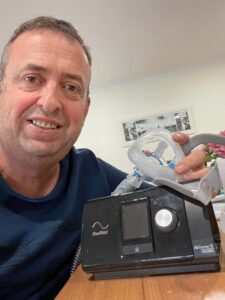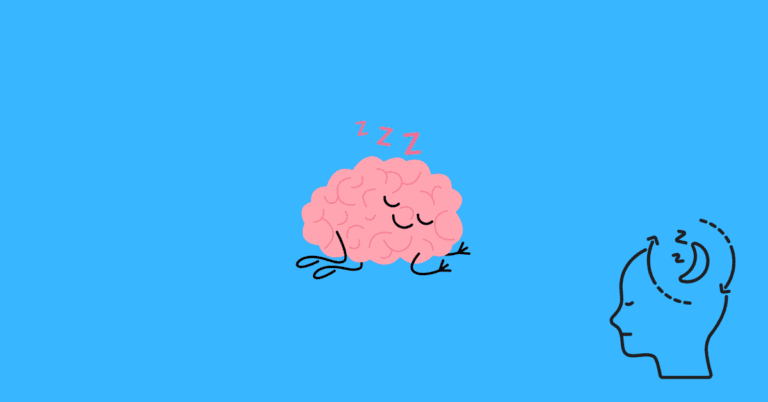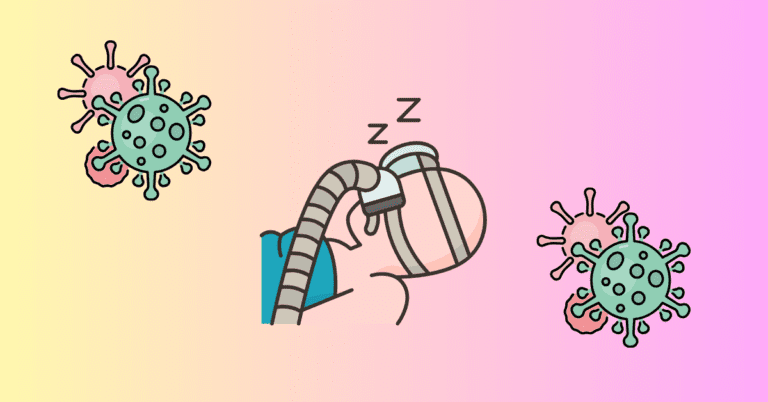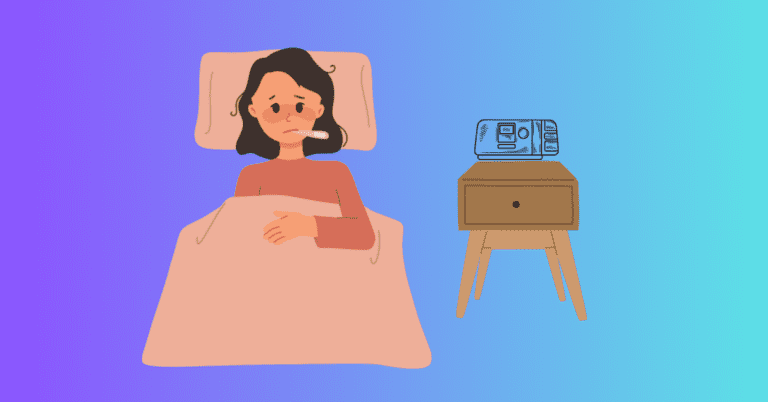Hypoglossal Nerve Stimulation: An Innovative Treatment for Sleep Apnea?
Sleep apnea is a severe sleep disorder where a person’s breathing repeatedly stops and starts during sleep.

While Continuous Positive Airway Pressure (CPAP) therapy is the most common treatment for sleep apnea, some people struggle to adjust to the mask or machine, leading to inconsistent therapy use.
For those who cannot tolerate CPAP or find it ineffective, a relatively new treatment known as hypoglossal nerve stimulation (HGNS) offers a promising alternative. This article explores how HGNS works, who it’s suitable for, and how it relates to sleep apnea management.
Understanding Sleep Apnea and Airway Collapse
To understand how hypoglossal nerve stimulation helps sleep apnea, it’s essential first to recognize what causes the condition.
In obstructive sleep apnea (OSA), the throat muscles relax too much during sleep, causing the airway to narrow or collapse. This obstruction leads to pauses in breathing that can last several seconds, followed by a gasping or choking sensation when breathing resumes.
Over time, untreated sleep apnea can lead to serious health issues such as high blood pressure, heart disease, stroke, and diabetes.
Traditional treatments like CPAP work by delivering a continuous stream of air through a mask, which keeps the airway open during sleep. However, not everyone can tolerate wearing a CPAP mask, and that’s where hypoglossal nerve stimulation comes in.

This is me with my CPAP machine.
What Is Hypoglossal Nerve Stimulation?
Hypoglossal nerve stimulation (HGNS) is a surgical treatment for obstructive sleep apnea. It involves stimulating the hypoglossal nerve, which controls the tongue’s muscles.
When the hypoglossal nerve is stimulated, the tongue moves slightly forward, preventing it from collapsing back into the airway and obstructing breathing.
A small device, similar to a pacemaker, is implanted under the skin in the upper chest. This device is connected to a sensor that detects your breathing patterns and a stimulator that delivers mild electrical pulses to the hypoglossal nerve when the airway starts to collapse.
The stimulation is timed with your natural breathing rhythm to keep the airway open throughout the night.
How Does Hypoglossal Nerve Stimulation Work?
The HGNS device has three main components:
- Implantable Pulse Generator (IPG): This is the main device implanted under the skin in the chest. It generates the electrical pulses that stimulate the hypoglossal nerve.
- Breathing Sensor: This sensor, placed near the ribs, detects your breathing patterns and sends signals to the IPG to adjust the stimulation timing.
- Stimulation Lead: This lead is connected to the hypoglossal nerve and delivers the electrical impulses to the tongue muscles.
When the sensor detects that your airway is starting to collapse (based on changes in your breathing), it sends a signal to the IPG, which then sends a gentle pulse to the hypoglossal nerve.
This causes the tongue to move forward, keeping the airway open and allowing normal breathing to continue. The device is controlled using a small remote, and patients can turn it on before bedtime and off in the morning.
Who Is a Candidate for Hypoglossal Nerve Stimulation?
Hypoglossal nerve stimulation is primarily used for people with moderate to severe obstructive sleep apnea who cannot tolerate or do not benefit from CPAP therapy. Ideal candidates for HGNS are:
- Patients with moderate to severe OSA who experience frequent airway collapses during sleep.
- People who have tried CPAP therapy but found it difficult to adhere to due to discomfort or intolerance.
- Individuals who are not significantly overweight, as obesity can contribute to sleep apnea in ways that HGNS may not fully address.
- Patients with a collapsible airway that specifically involves the base of the tongue. This can be assessed through a sleep endoscopy performed by a sleep specialist.
It’s important to note that HGNS is not suitable for everyone, especially those with central sleep apnea, where the brain fails to signal the muscles to breathe.
Hypoglossal nerve stimulation is specifically designed for obstructive sleep apnea, where the problem is mechanical obstruction of the airway.
Benefits of Hypoglossal Nerve Stimulation
For many patients, hypoglossal nerve stimulation offers several benefits compared to traditional CPAP therapy or other surgical options:
1. Improved Sleep Quality
Unlike CPAP, which relies on external air pressure to keep the airway open, HGNS works internally, stimulating the body’s own muscles to maintain airflow. Many users find that their sleep feels more natural and uninterrupted compared to CPAP.
2. More Comfortable and Convenient
Once the device is implanted, there is no need for a mask, tubes, or machine. Patients can sleep in any position without worrying about dislodging a CPAP mask or dealing with noise from a machine.
3. High Success Rate
Studies have shown that hypoglossal nerve stimulation can significantly reduce the severity of sleep apnea. Many patients experience fewer apneas and hypopneas (pauses in breathing) and report feeling more rested during the day.
4. Long-Term Solution
HGNS offers a long-term solution for people with OSA. Once implanted, the device lasts for several years and requires only periodic check-ups with a sleep specialist to ensure it’s functioning correctly.
Risks and Considerations
As with any surgical procedure, there are risks and considerations with hypoglossal nerve stimulation:
- Surgical Risks: The procedure to implant the device is minimally invasive, but it still carries risks such as infection, bleeding, and swelling.
- Device Malfunction: In rare cases, the device may malfunction or require adjustments, which would necessitate further surgery.
- Discomfort or Stimulation Sensations: Some patients may feel discomfort or an unusual sensation when the device stimulates the nerve, although most adjust to it over time.
- Not a Cure: HGNS helps manage symptoms, but it doesn’t cure obstructive sleep apnea. Patients may still need to make lifestyle changes, such as losing weight or avoiding alcohol, to improve their condition.
Conclusion: Is Hypoglossal Nerve Stimulation Right for You?
Hypoglossal nerve stimulation is an innovative and effective alternative for treating obstructive sleep apnea, especially for those who cannot tolerate CPAP therapy.
By using the body’s natural muscles to keep the airway open, HGNS offers a more comfortable and convenient way to manage sleep apnea.
If you’ve struggled with CPAP or are looking for a long-term solution, it may be worth discussing with your sleep specialist whether hypoglossal nerve stimulation could be a suitable option for you.
Let me know if you have any comments about hypoglossal nerve stimulation. I haven’t considered it, but I’d like to hear from you if you are thinking of having this treatment.





